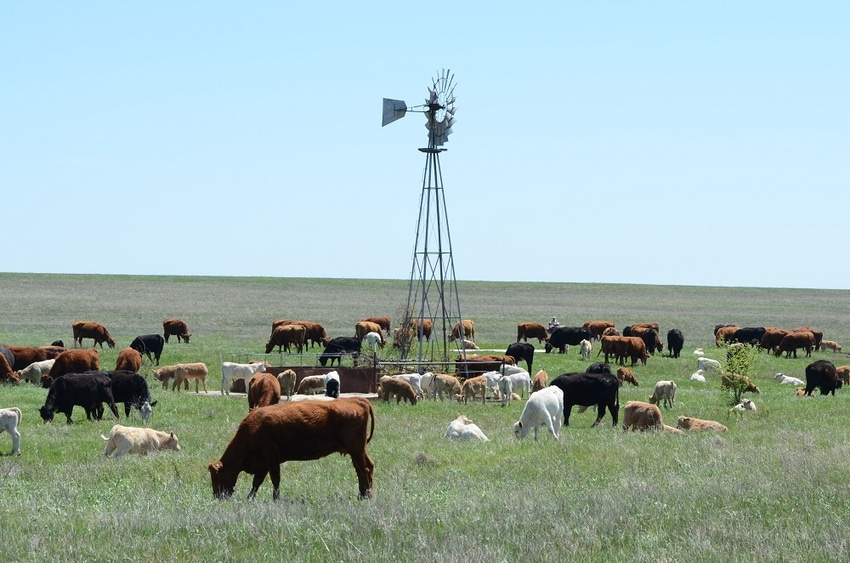
After my blog last week about getting off the fertilizer wagon, I received an excellent response from a reader in Wisconsin that suggests some added information readers need.
Gene Schriefer, University of Wisconsin Extension educator in Iowa County, warns that many readers may just decide they can cut off the fertilizer without first preparing. In that blog, I wrote that reducing or eliminating fertilizer can be accomplished by improving soil health to the point the community of plants and soil life can produce its own nutrients from the soil and air.
I noted, "All this is accomplished with adaptive, multi-paddock grazing, preferably with variations of high-stock-density grazing," and said, "Only if you gain control of your stock and the timing and access of their grazing can you achieve these things. Properly grazed plants, which are grazed and then allowed full recovery, do a better job converting sunlight to carbohydrates. The excess carbs can then be traded in the underground marketplace of soil life."
But I realize Schriefer is right. Maybe you are not one of these folks, but many readers pick up only what they want to see.
"There seems to be tendency, in my opinion, to key in on the one thing they want to hear, not always the entire message," Schriefer said.
He correctly recalled some of the early failures in grazing management because of such misunderstandings.
"The grazing renaissance began in the 80’s farm crisis, and as grazing started to get noticed there was an idea call LISA, Low Input Sustainable Ag," Schriefer recalled. "Just graze and don’t purchase any inputs. While this appeared to work initially, pasture productivity declined, producers did not (still don’t) understand GOOD grazing management. For farms that do not get the good grazing part of this, no inputs is an unmitigated disaster.
Then he added: "Soil health is the conjunction of physical structure with soil chemistry and biology. Helping plants along with some inputs that are limiting growth at least initially gets to helping soil biology along faster. Once soil biology is functioning well, inputs can be reduced, possibly eliminated. We cannot possibly overemphasize the need for good grazing management to make this work. My concern is readers will focus on the 'stop fertilizing' comments, not the 'good grazing management' comments, and the latter precedes the former."
"Those who do not study history are bound to repeat its mistakes," he added.
Schriefer also suggested producers who want to improve grazing and soil health should track such things as their carrying capacity, grazing days per acre, soil nutrients through soil testing to determine whether they are making progress toward eliminating inputs.
"The single input we cannot reduce is between our ears," he said.
So I'll reiterate my soil health for pastures list right here as a basis for health.
1. Improve soil thatch coverage and eliminate bare ground.
2. Improve plant cover and quality.
Encourage multiple species versus one or a few.
Favor perennial plants rather than annuals.
Manage for the most productive plants, which need longer recovery.
3. Keep plants growing as many months as possible.
4. All this is accomplished with adaptive, multi-paddock grazing, preferably with variations of high-stock-density grazing.
I have a body of work on grazing management you can read in past blogs and articles and I highly recommend you read those, as well.
About the Author(s)
You May Also Like




